Filipino Dining and Celebrations
Filipino dining is more than just about food; it's a celebration of community, culture, and family. From everyday meals to grand fiestas, the traditions and etiquette of Filipino dining offer a glimpse into the vibrant spirit of the Philippines.

Filipino Meals and Festivities
Filipino cuisine, known for its rich flavors and diverse influences, is more than just food—it's a reflection of the country's culture, history, and values. In the Philippines, dining is a communal activity, often marked by specific etiquettes and traditions that highlight the warmth and hospitality of the Filipino people.
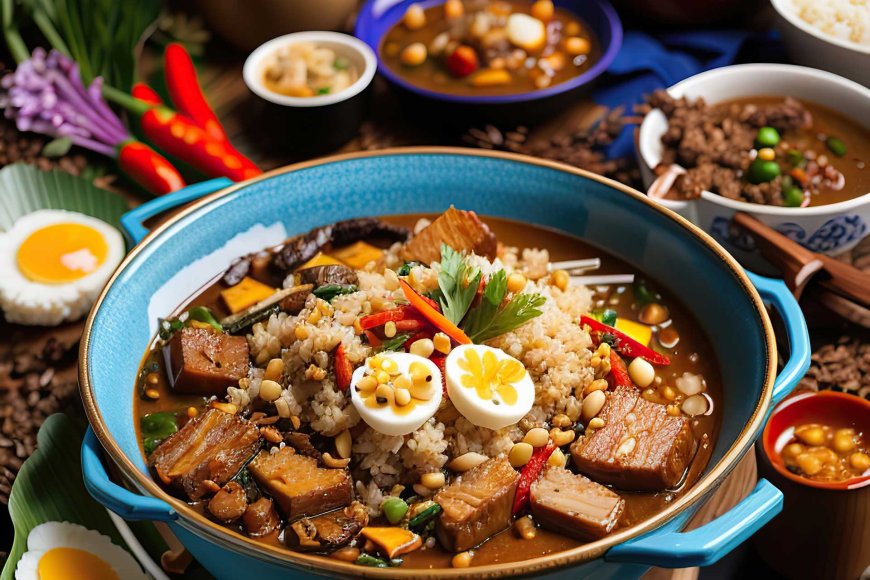 Filipino cuisine is celebrated for its rich flavors and diverse influences.
Filipino cuisine is celebrated for its rich flavors and diverse influences.
Filipino Dining Etiquette
The Spirit of Bayanihan
The concept of "bayanihan," or communal unity and cooperation, is evident in Filipino dining etiquette. Meals are often shared, and it’s common to see dishes served "family style," with everyone partaking from communal plates. This fosters a sense of togetherness and reinforces social bonds.
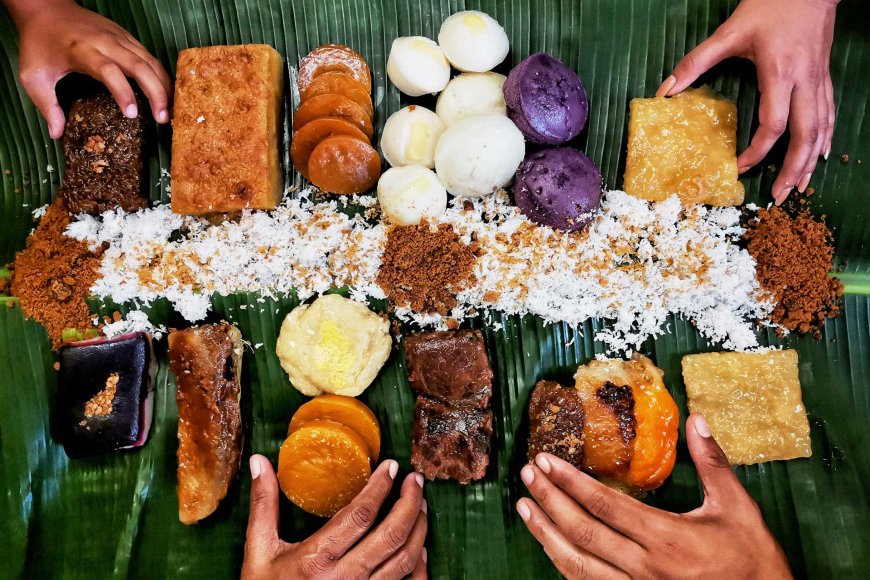 Kakanin or Pinoy Rice Cakes Credit: Robertmarrel
Kakanin or Pinoy Rice Cakes Credit: Robertmarrel
Respect for Elders
Respect for elders is a cornerstone of Filipino culture, and this extends to dining practices. Elders are often served first, and younger members are expected to wait until they have started eating. This gesture acknowledges the wisdom and experience of the older generation.
 Respect for elders is a fundamental aspect of Filipino culture.
Respect for elders is a fundamental aspect of Filipino culture.
Kamayan Style
Kamayan, or eating with one's hands, is a traditional Filipino dining practice that remains popular, especially in rural areas and during festive occasions. It's an intimate and sensory experience that connects diners to their food. When eating kamayan-style, it's polite to use only the right hand, as using the left hand to eat is considered inappropriate in Filipino culture.
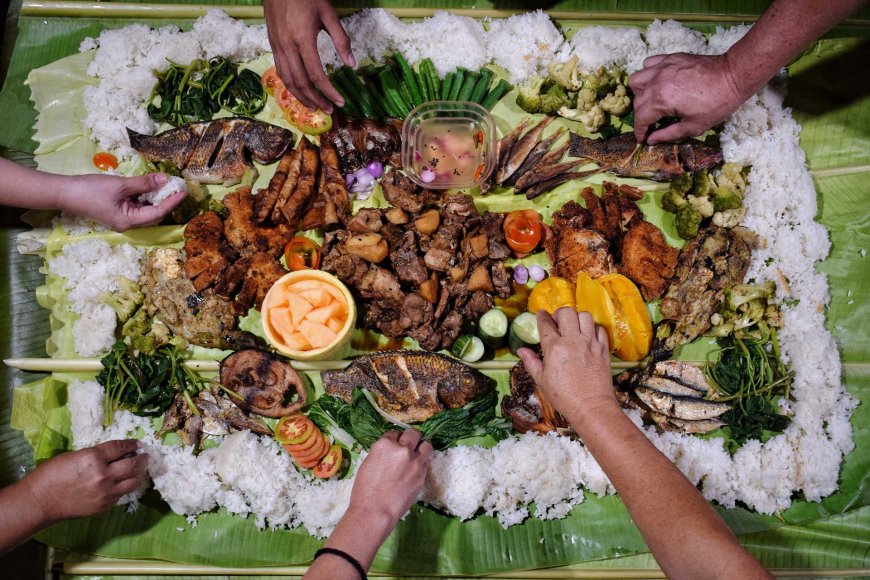 Eating with one's hands, known as Kamayan. Credit: Ej Afable
Eating with one's hands, known as Kamayan. Credit: Ej Afable
The Role of Rice
Rice is a staple in every Filipino meal. It's considered the centerpiece of the dining table, and a meal is often deemed incomplete without it. When serving rice, it's courteous to ensure that everyone's plate has enough before taking seconds.
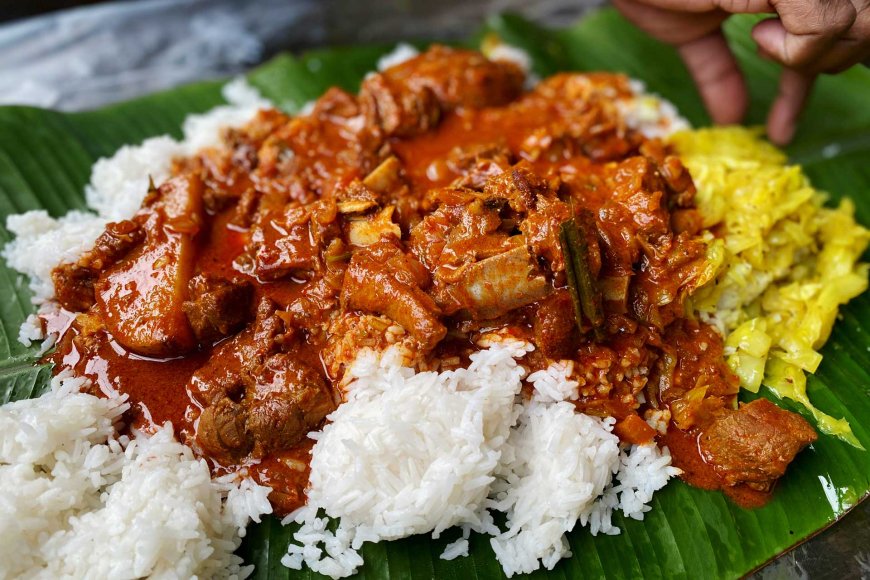 Rice is a fundamental part of every Filipino meal.
Rice is a fundamental part of every Filipino meal.
The Importance of Sharing
Filipinos believe in the importance of sharing, not just within the family but also with neighbors and friends. It’s common to see a plate of food being sent over to a neighbor's house, especially during special occasions. This practice reflects the generosity and communal spirit of the Filipino people.
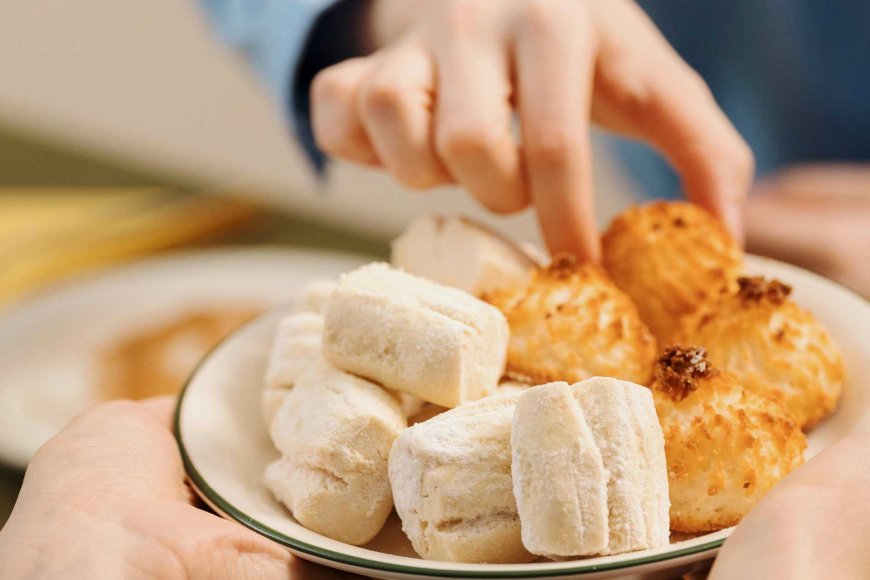 Sharing food extends beyond the family to include neighbors and friends.
Sharing food extends beyond the family to include neighbors and friends.
Table Manners
While Filipino dining is generally casual, certain table manners are observed. For instance, it's polite to say "kain tayo" (let's eat) before starting a meal, inviting everyone to join in. Avoid talking with your mouth full and try to chew quietly. Never place your chin on the palm or back of the your hand (especially the knuckles) on the dining table called "Kalumbaba" in Filipino. After the meal, expressing gratitude with a simple "salamat po" (thank you) is a way to show appreciation.
 "Kalumbaba" is considered inappropriate at the dining table in Filipino culture.
"Kalumbaba" is considered inappropriate at the dining table in Filipino culture.
Celebratory Feasts in the Philippines
Fiesta: A Time-Honored Tradition
Fiestas are one of the most vibrant expressions of Filipino culture. These community-wide celebrations are held in honor of patron saints, with each town or city having its unique festivities. A typical fiesta features an abundance of food, music, and dancing. The feast often includes lechon (roast pig), which is the centerpiece of the spread, along with other traditional dishes like adobo, pancit, and various kakanin (rice cakes).
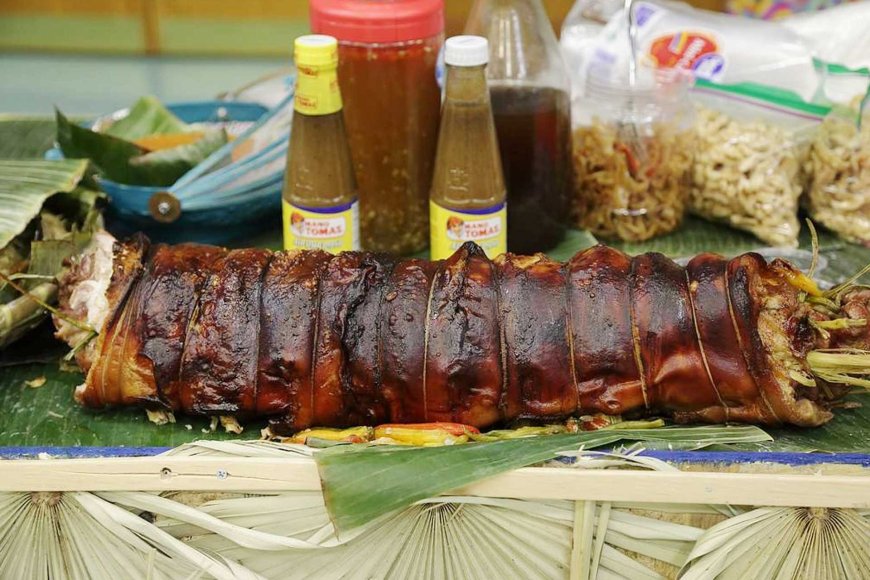 A typical Filipino fiesta is characterized by an abundance of food, lively music, and vibrant dancing.
A typical Filipino fiesta is characterized by an abundance of food, lively music, and vibrant dancing.
Noche Buena and Media Noche
Christmas and New Year’s Eve are marked by grand feasts known as Noche Buena and Media Noche, respectively. Noche Buena, held on Christmas Eve, features a spread of special dishes such as hamon (ham), queso de bola (Edam cheese), and various desserts like leche flan and bibingka. Media Noche, the New Year’s Eve feast, is similarly lavish, with a focus on round fruits believed to bring prosperity and dishes symbolizing good fortune.
 Christmas and New Year's Eve are celebrated with lavish feasts known as Noche Buena and Media Noche, respectively.
Christmas and New Year's Eve are celebrated with lavish feasts known as Noche Buena and Media Noche, respectively.
Family Reunions
Family reunions are significant events in Filipino culture, often coinciding with holidays or special occasions. These gatherings are marked by an elaborate spread of food, showcasing regional specialties and family recipes passed down through generations. It’s a time for relatives to reconnect, share stories, and enjoy each other's company.
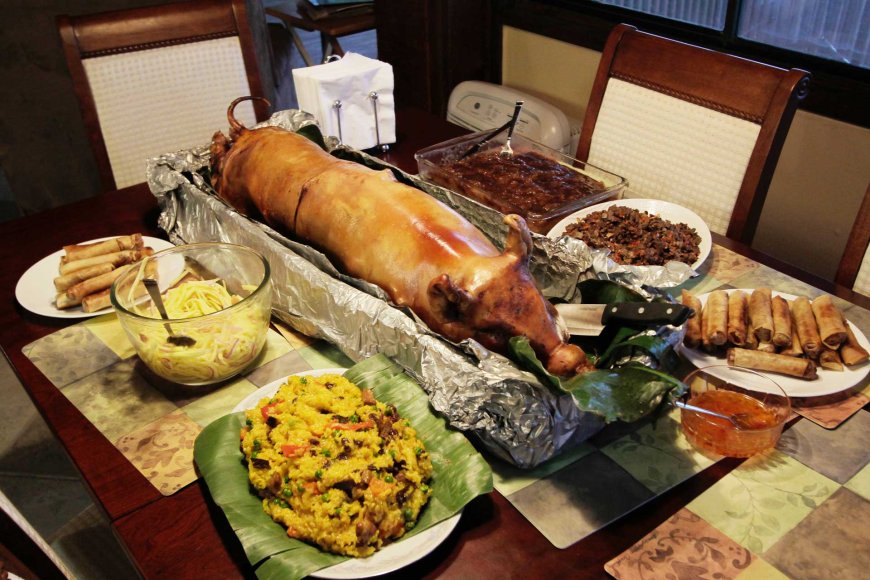 Family reunions are celebrated with elaborate spread of food.
Family reunions are celebrated with elaborate spread of food.
Wedding Banquets
Filipino weddings are celebrated with grandeur, and the banquet is a highlight of the event. Traditional Filipino wedding feasts include a mix of local and international dishes, with a focus on abundance and variety. It's also interesting to note that the bride and groom often partake in the "money dance," where guests pin money onto their clothes as a symbol of prosperity and good fortune.
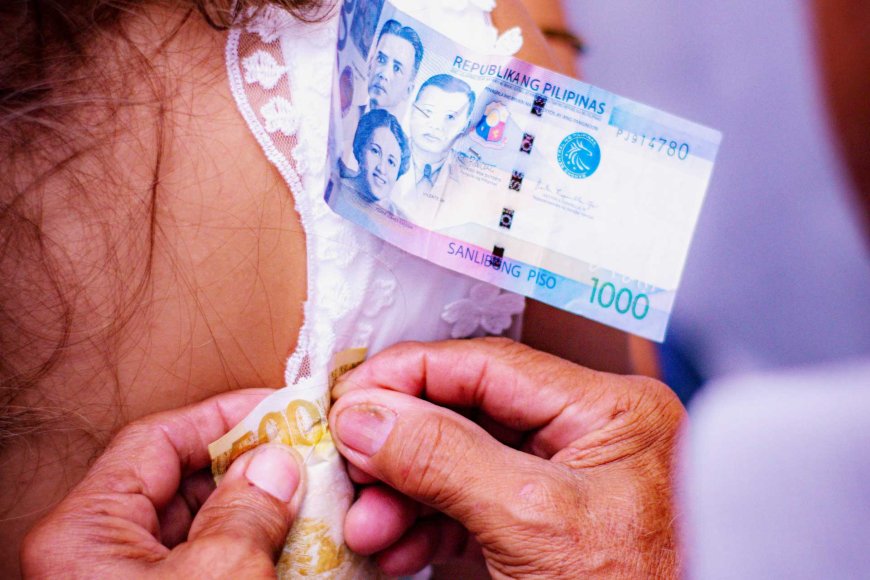 "Money Dance" involves guests pinning money onto the bride's and groom's clothes as a symbol of prosperity and good fortune.
"Money Dance" involves guests pinning money onto the bride's and groom's clothes as a symbol of prosperity and good fortune.
Birthday Celebrations
In the Philippines, birthdays are celebrated with gusto, regardless of age. A typical birthday feast includes pancit (noodles), symbolizing long life, and a cake. For children's birthdays, the feast might also include spaghetti, fried chicken, and an array of sweets and snacks.
 Pancit is a staple of Filipino birthday feasts and is a symbol of long life.
Pancit is a staple of Filipino birthday feasts and is a symbol of long life.
Sharing Food and Tradition
Filipino dining etiquette and celebratory feasts are a reflection of the country's rich cultural heritage and the values of family, community, and generosity. Whether it's a simple family meal or a grand fiesta, the act of sharing food brings people together, fostering connections and creating lasting memories. Understanding these practices not only enriches one's dining experience but also offers a deeper insight into the heart and soul of Filipino culture.
Find Cheap Flight Tickets to any Destinations in Japan and the Philippines
Nipino.com is committed to providing you with accurate and genuine content. Let us know your opinion by clicking HERE.































































